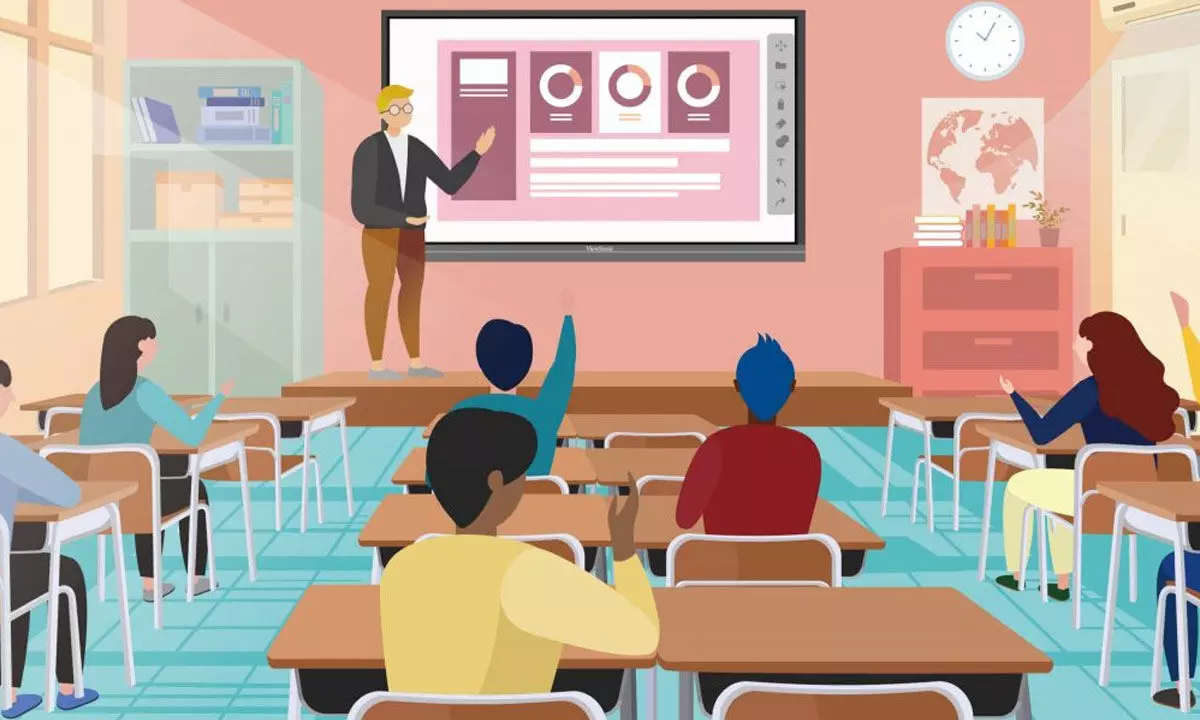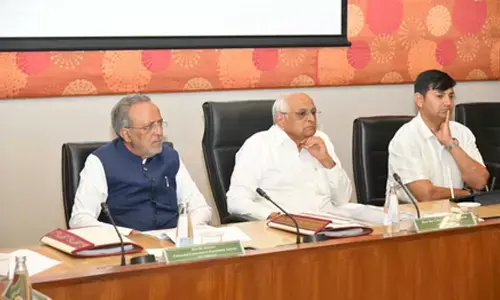Making active learning a central pillar of students' education

Impact on Entrepreneurship in India: Collaborative Classrooms
Startups were often shrouded in mystery. While working on my own ventures, I never revealed what I was doing to anyone. It was a matter of survival, as there was a lot of money involved and a lot of competition. We only had a website with a vague description of our product, and we stayed in stealth mode until we had something to show. I believed that being secretive was crucial for success.
However, things have changed a lot in the Indian startup scene. Now, entrepreneurs are eager to share their ideas and progress on social media platforms like LinkedIn. They want to build their personal brand and attract attention from investors, customers, and the media. Startups have become a status symbol in India.
But where do we get these entrepreneurs? Engineering education today is leading students to banking jobs or to become MBAs. We are losing core engineering skills. A large number of start-ups that are up-and-coming target low-hanging fruits – problems that they can solve with an app. So what can be done?
What happens in the classroom?
When we give students problems to solve, we hand them a series of variables and ask them to find the missing piece. Solve for X! These variables are assumptions that define the problem. What’s left to be done is to throw them all together and find the solution.
Reality looks a lot different. The biggest challenge for an entrepreneur is finding a problem worth solving. There are no convenient assumptions handed to you; you have to make the assumptions. How does one do that?
Every semester, I walk into class with 100 fresh faces. They look at me with wide eyes, hoping I will give them all the answers. What I offer them instead are questions. One of the most essential skills that one needs to possess is dealing with uncertainty. They must have the critical thinking skills to dissect problems.
But the ecosystem today doesn’t allow faculty to assess and nurture these skills. What would have been a difficult job with 20 students is an impossible burden with a 100. I do remember everyone’s names and pick on them if they doze off in my class, but that isn’t the same.
Collaborative classrooms
What happens typically in the classroom is that at 8:30 a.m. sharp, drowsy students prepare themselves for their professor’s sermon. What else would you call it? One person stands in front of their desk to deliver today’s monologue, while talking is prohibited.
But that is all changing. Take collaborative classrooms. Students here are grouped together and sit accordingly. This concept has been used in management schools but hasn’t been applied much else.
Instead of pointing to one student to demand an answer, I am now looking at six. The singular student is afraid of giving the wrong answer and never takes risks. However, the cluster is allowed to interact and discuss before they answer; they are more confident and open to taking risks.
Something exciting unfolds right before my eyes. The students, who were quietly minding their own business in class, now debate and explore. Everyone has a different take away from the lectures, which they apply to the question and come up with a consensus. It’s like a small start-up at every table.
This is a culture that needs to be widely established. Alone, it’s very difficult to make assumptions, there are risks. Individuals are very marks-oriented. Or rather, “Will this help in my placements?” Together, they are open to being wrong, and willing to make leaps. They will argue, make presentations, and be involved. Over time, it changes their mindset entirely.
What education needs to be today?
What education today owes the students is a chance for them to build 21st-century skills that allow them to think beyond placements. Technology advancements and changing skill requirements of the industry won’t be addressed by the archaic education system. There needs to be room for interdisciplinary collaboration, critical thinking and problem-solving skills, and innovation. Because sermons are best left to preachers.
(The authors are professor of electrical engineering at IIT Bombay and facilitator of Maker Bhavan Foundation's Collaborative Classrooms, and Co-author is a Manager - Communication and Outreach, Maker Bhavan Foundation)














